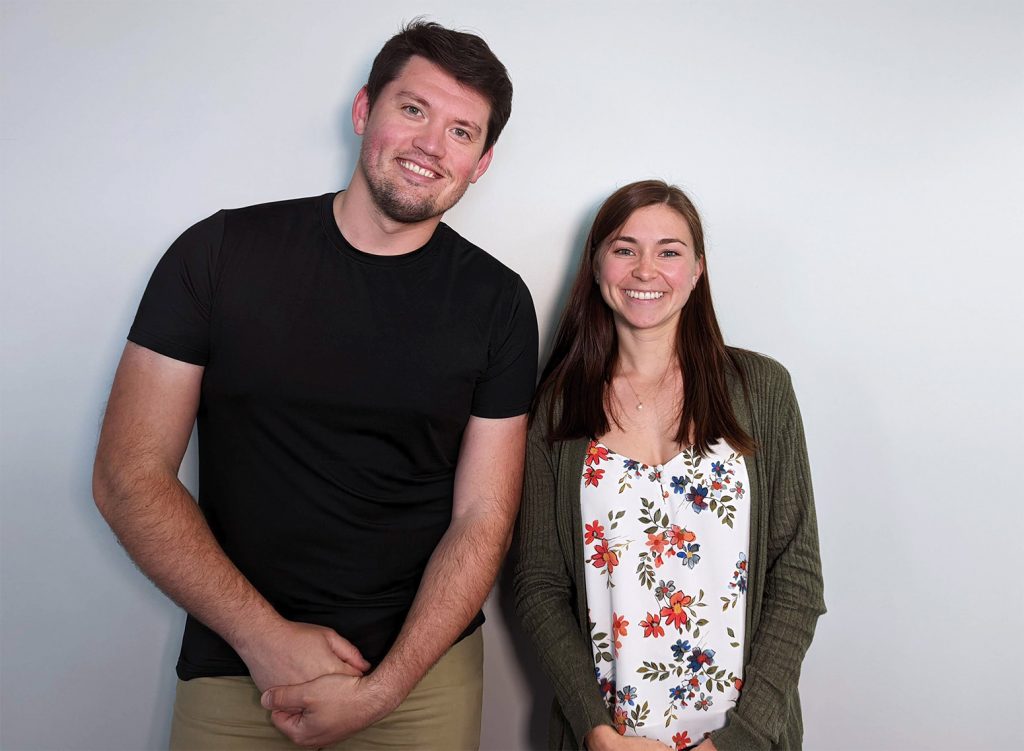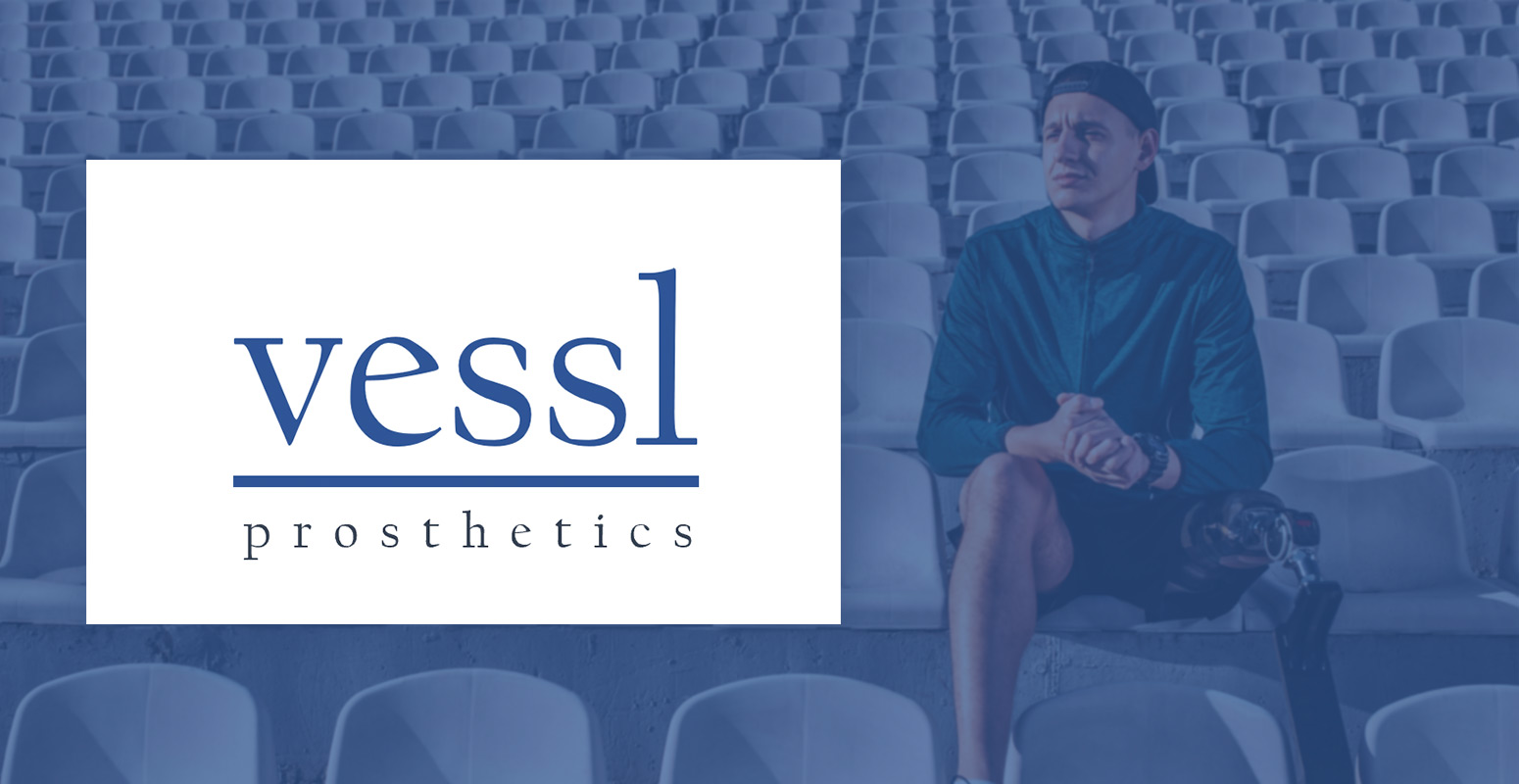The group of six fellows for the 2021/22 cohort have completed their 10.5-month journey through the Western Medical Innovation Fellowship (MIF) program and have participated in a boot camp, clinical immersions and developed a new invention. Fellows Oleksiy Zaika and Sydney Robinson will be taking their innovation to market by starting Vessl Prosthetics.
Their solution adjusts independently to change how amputees interact with their prostheses – enhancing comfort by avoiding common problems related to socket fit. Vessl’s invention is a simple, intuitive, and easy to use socket system that passively adjusts to changes in limb volume.
By allowing users and clinicians to accelerate the path to compatible prosthetic solutions, Vessl aims to save clinical costs and empower amputees to regain their health and well-being. Their technology intervenes at the most critical time, ensuring that amputees have the chance to recover and embrace their prosthetics as a way to live a fulfilled life.
The technology was inspired after a visit to The Mayer Institute in Hamilton, Ontario, where the fellows saw the difficulties that amputees had with the fit of their prosthetic.
“Countless subsequent amputees identified the same problem to us, and we felt their pain – most sockets were simply not a good fit for their limbs, which can swell and shrink throughout the day,” said Zaika, Vessl Co-Founder.
The fellows felt uniquely poised to develop a solution with their backgrounds in anatomy, medicine and biomedical engineering. Fellows Xinyi Li and Malcolm Eaton both contributed to the solution. Li worked on socket and material design and patentability while Eaton developed business plans, financials, and product development plans respectively.
Worldwide, a leg is amputated every 30 seconds and a major issue that amputees face is poor socket fit such that the part of the prosthesis that goes on an amputee’s residual limb does not fit well. Half of all lower limb amputees develop pressure sores and the five-year mortality rate for a person with a below the knee amputation is as high as 82 per cent.
Not only are these issues felt by a large population, but they are also felt frequently because limb volume change of just 1-2 per cent causes pain. This is because the skin of the residual limb is not meant to bear weight, whereas the skin on the bottom of your foot is. The pain is so debilitating that half of all lower limb amputees abandon their prosthesis. Giving up mobility results in a steady decline of health and quality of life factors.
In the United States alone, 1.4 million people are living with below the knew amputations. The global market for global prosthetics and orthotics market is $6 billion. Vessl seeks to become a leader in this market.

“The MIF has provided us with a myriad of tools to challenge ourselves, learn new skills and juggle the many facets of business development,” said Zaika. “The program had equipped us with the tools we needed – patentability expertise, entrepreneurship networks, prototyping equipment, product development milestones, business specialists, clinicians, engineers and more. We also benefitted from a superstar team of mentors who supported, challenged, and encouraged us.”
The startup is setting up collaborations with regional innovation specialists from the Veterans Affairs Innovation Network and is gearing up for the MSK Innovation Competition by the Bone and Joint Institute. They are also planning on applying to other sources of funding to help create their minimum viable product and do product testing.
“The fellows this year have shown immense dedication and resilience while embarking on their first medical device development journey,” said Eveline Pasman, Interim MIF Program Director. “It has been wonderful to see the team come up with a great product that addresses a real clinical need. We are excited for fellows Oleksiy and Sydney to keep working on their innovative prosthetic socket and will continue to support Vessl Prosthetics as they further develop their product and company.”
Vessl was accepted to two incubators, Velocity at the University of Waterloo and BioNext at Robarts Research Institute. Both incubators provide access to prototyping resources, and networks that will be instrumental in product design and validation.
“We will benefit from the extensive experience that both incubators’ members have in medical devices, research, and commercialization,” said Robinson.


